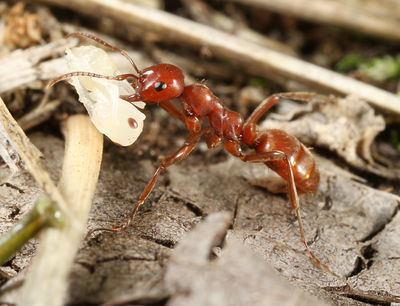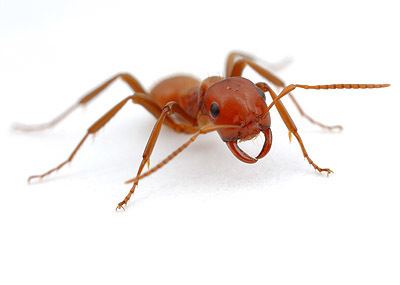Scientific name Polyergus | Family Formicidae Rank Genus | |
 | ||
Lower classifications Polyergus samurai, Polyergus breviceps, Polyergus lucidus, Polyergus nigerrimus | ||
Polyergus rufescens formica fusca slaves nest overview
Polyergus, also called Amazon ants, is a small genus of 14 described species of "slave-raiding" ants. Its workers are incapable of caring for brood, in part due to their dagger-like, piercing mandibles, but more importantly, because in the evolution of their parasitism on certain species of the host genus Formica, they have lost the "behavioral wiring" to carry out even rudimentary brood care, or even to feed themselves. Polyergus workers exist in essence as a specialized brood-acquiring caste in their mixed Polyergus/Formica colonies, maintaining the Formica worker force by robbing brood, especially pupae, of particular species in the closely related genus Formica in massive colony-to-colony raids. The captured ants are generally referred to as "slaves" in scientific and popular literature, though recent attempts have been made to apply other human cultural models, such as describing the Polyergus individuals of a colony as "raiders" or "pirates" or "kidnappers" and the Formica workers as "helper-ants", or "domesticated animals". Biologists describe the system as parasitism by "dulosis" (slavemaking) by Polyergus on the host Formica species.
Contents
- Polyergus rufescens formica fusca slaves nest overview
- Polyergus lucidus raid 2 slavemaking ants
- Species
- References
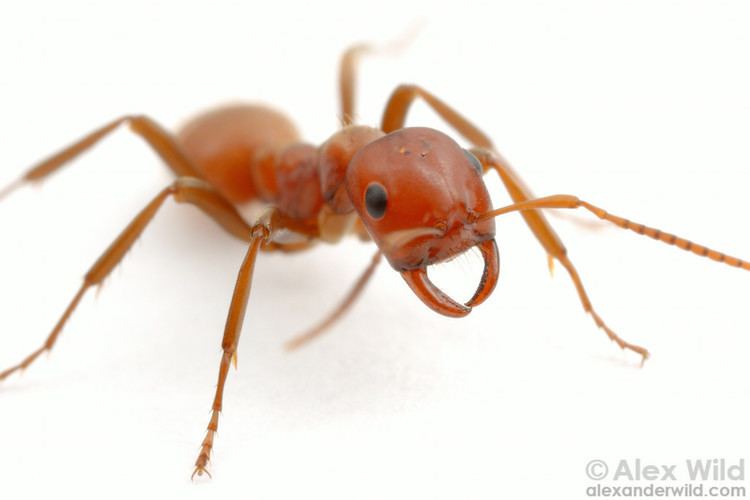
Polyergus obtains its Formica work force by stealing pupae from nearby Formica colonies and carrying them back to its own nest. Back in the Polyergus nest, Formica workers are eventually helped to emerge from the cocoons and pupal exuvia by Formica workers already living there. The new workers quickly assimilate the characteristic odor of the mixed-species population of the Polyergus colony—without violence or coercion. The Formica workers that emerge in the mixed-species colony go on to nurse the brood, forage, maintain the nest, feed their adult captors and their mother the queen, and perform other colony upkeep duties.
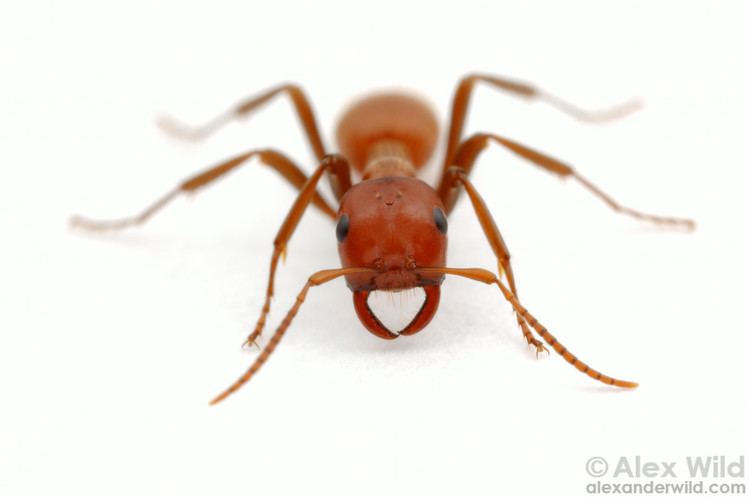
As far as is known, all established Polyergus colonies have only one queen. However, many contain ergatoids, large, worker-like forms with large gasters. These may be substitutes reproductive individuals after the queen's death, but this has not been proven. To found a new colony, a lone Polyergus queen invades a nest of the host species, or encounters and moves in with a colony-founding queen of the host species and her first few workers. In the latter case, the host queen is allowed to survive until her little colony has reared a sufficient number of host workers to support the parasite queen, something the Polyergus queen cannot do herself. A young Polyergus queen kills the existing Formica queen (immediately if sufficient workers are present, later if these are not yet reared) and becomes accepted by the Formica workers. These proceed to rear the first and all subsequent Polyergus brood. Clearly, this complicated and lengthy process often fails, as Polyergus colonies are relatively rare, even though each mature colony produces dozens or hundreds of new potential queens each year. To counteract the natural mortality of the Formica worker population, Polyergus workers must conduct regular raids over a 6-8 week period, every summer over the 10-15-year life span of their colony.
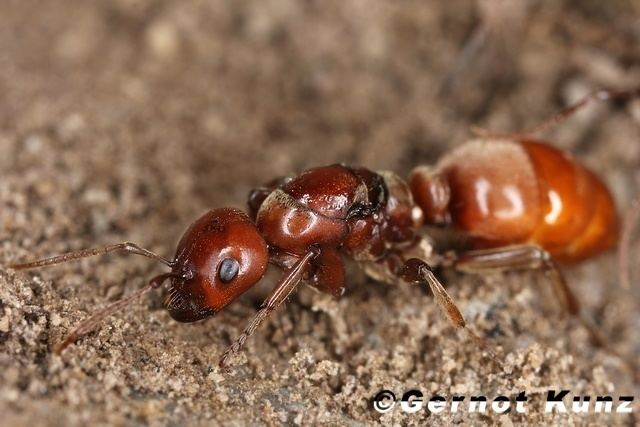
Polyergus lucidus raid 2 slavemaking ants
Species
